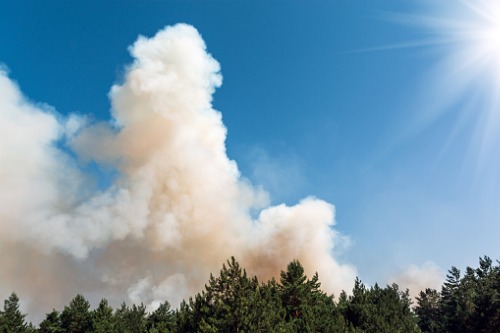

Thanks to the work of cleaning crews – and the coverage provided by insurers – the toxicity levels of homes ravaged by the 2016 Fort McMurray wildfire has been declared low and safe enough by researchers.
University of Toronto Engineering researchers conducted tests on the affected homes, examining dust in the properties for traces of any harmful toxins. So far, the researchers have found no evidence of long-term health risks from fire-ash exposure.
The researchers, led by chemical engineering professor Arthur Chan, first visited Fort McMurray in 2017 after homeowners who escaped from the encroaching wildfire raised concerns about any dangerous particulates their homes might have once they move back in.
“Many people were saying, ‘I’m not sure if it’s safe for my children to come back and live here after this big fire,’” Chan told Phys.org.
Dust from over 60 homes in Fort McMurray and neighbouring Fort McKay was collected and tested for residual fire ash. To ensure that the research’s results covered all bases, Chan’s team collected from both neighbourhoods that suffered considerable damage due to the wildfire – those communities where re-entry was delayed – as well as from neighbourhoods that were not as damaged.
The team found that while there were traces of toxins such as PAHs, arsenic and heavy metals, their levels were not any higher than in regular Canadian households that were unaffected by the fire.
“That was the surprise—that even after this fire, we actually didn’t see higher levels of contaminants,” Chan remarked. “The levels we saw were not terribly high. If we compare them to health guidelines - what is considered to be a health risk for soils - the results from samples we collected in the homes were generally lower.”
Chan added that since Fort McMurray is a relatively new city, a lot of the infrastructure such as piping and paint does not contain lead. He also suspects that cleaning efforts have helped reduce toxicity levels.
“We think people are cleaning quite a bit after the fire,” he explained. “A lot of the houses have gotten insurance companies to cover the cost of a cleaning crew. And even for houses that don’t have insurance clean-up, the residents have cleaned quite thoroughly, due to concerns about residuals from the fire.”
The results of Chan and his team’s research were recently published in Geophysical Research Letters.
